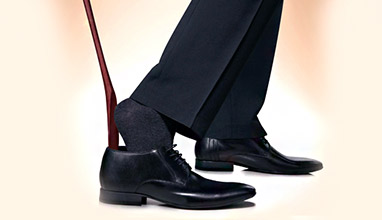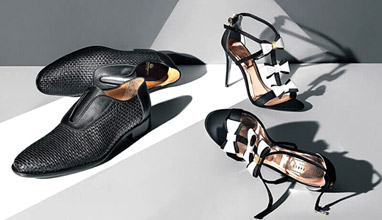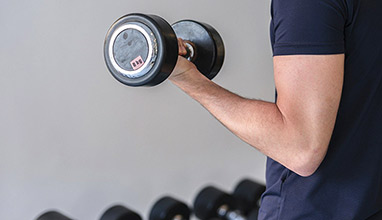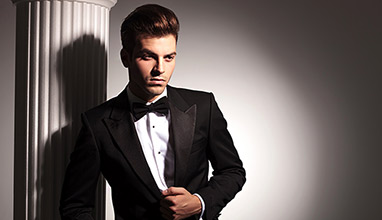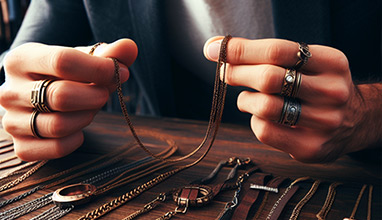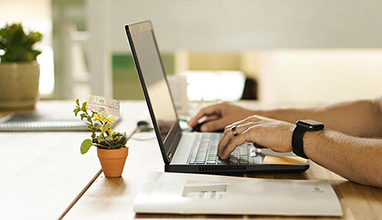Tips And Tricks To Avoid Your Shoes From Creasing
If you’ve worn any pair of shoes out, you probably know what creasing we’re talking about today, especially if they were sneakers. As you apply pressure to your shoes over a long enough period, it’s natural for the material to warp and become more malleable. If this happens against the structure of your shoe, you can get unsightly creases.
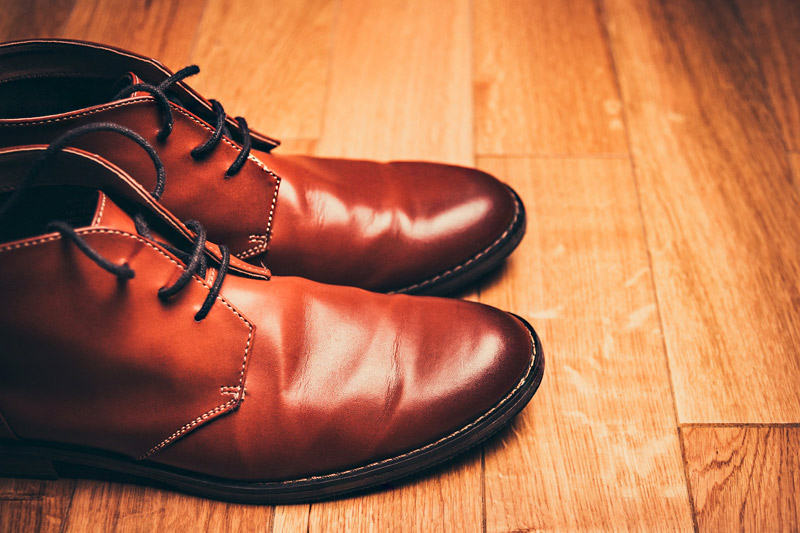
Today we’re looking at the best tips and tricks that you can use to stop your shoes from creasing. You should stop the problem before it starts, which means knowing how to prevent creases in shoes. By stopping it before it starts, your shoes will look great no matter how worn they’re getting!
How Creasing Happens
Before we get into our tips and tricks to avoid shoe creasing, you should know how creasing happens. By knowing how it happens and where you can expect the creases to show, you can anticipate and recognize them earlier rather than later.
Our shoes crease because they’re designed to. The material must flex so that your feet can flex naturally during movement. This is especially the case with the upper material of your shoes. If that upper is stressed too much, however, then the entire shoe will turn upwards and you’ll see creasing on the tops and sides. Another problem area is the heel where you may bend it to get your foot in the shoe.
Naturally, the degree and likelihood of this creasing depend on the materials used and the construction quality of the shoe. That said, on a long enough timeframe, every shoe will crease. That’s why minimizing and holding off those creases for as long as possible is the better solution.
Get The Right Size
You may have already made a mistake if your shoes aren’t the right size. Shoes that are too small will suffer more heel creasing while larger shoes will suffer upper creasing. By finding the right fit, those creases will take a lot longer to present themselves.
This works because you reduce the space between your foot and the upper material, so the top of your feet can support the material and stop it from being manipulated during walks. Too much space will make the upper crease at its weakest points.
Likewise, you should make sure your heel fits comfortably in the shoe and that there isn’t too much or too little space. If you need to stomp on the heel to put the shoe on, you may want to reconsider a new shoe or you can use a shoehorn, which we’ve written about below.
Take Care Of The Shoes
Once the shoes are in your possession, you should practice general shoe care that can stop the material from flexing too much. Here are some general pointers:
- Don’t let new shoes get wet.
- Spray new shoes with water-repellant spray.
- Apply moisturizer to leather shoe uppers.
- Keep shoes away from heat sources.
- Alternate between pairs of shoes, so you’re not wearing them too much.
Use A Shoehorn
To tackle heel creases, you can use a shoehorn. These are convenient products that allow you to slip your foot into the shoe without pressing down on that reinforced lip that rests against your heel. If you do, you’ll bend that part and cause creases, sometimes along the entire back of the shoe!
Try to get shoes with a rigid counter that won’t bend so much, so the material doesn’t crease. Then, you should invest in a shoehorn that you can use (they’re not expensive!) They’re easy to use and will always stop the backs of your shoes from being compressed. This will extend the life of the entire shoe.
Use A Shoe Insert
You can also use special inserts to hold the shape of your shoes, sometimes when you’re not even wearing them!
Shoe crease protectors can go into your shoe while you’re wearing them, where they’ll make the upper rigid so that no creases form. Naturally, you’ll need to have the space in the upper so that this can comfortably happen. While they reduce creasing, creasing will still happen eventually.
As for when you’re not wearing the shoes, you can use shoe trees. These are wooden inserts that you can throw into them when you’re not wearing them. These make sure that the upper and the toe box retain the original shape of the shoe. Those areas become supple and shrink when drying out the moisture that builds up from wear.
Hits: 12826 | Leave a comment



